April 16, 2012 |
BITE: My Journal
New Generation Chinese: Café China
From top clockwise: Kung Pao chicken, shredded potatoes, spicy riblets, noodles not yet mixed, fried rice with tea smoked duck and lamb. Photo: Gael Greene
“What is this neighborhood?” I cry as the car creeps through a street of pulsing bars and pubs east of Fifth Avenue in the 30s. We round the corner. Scraggly bamboo branches in pots outside signal our destination: Café China. Cute. An earnest effort. Inside, we wait while a popup of very young staff scurry about to find a suitable round for our six. The reproduction advertising posters on blue-green painted walls reminded me of souvenirs brought back from early visits to Shanghai. Old typewriters seem to be a house signature, even to the menu font, along with other flea market boodle.
“Shanghai in the '30s was rich, open to foreigners,” the owner tells me. “Wealthy families sent their children to American schools. Every home had a typewriter. But the food of Chengdu is more interesting than Shanghai food. That’s what we do.”
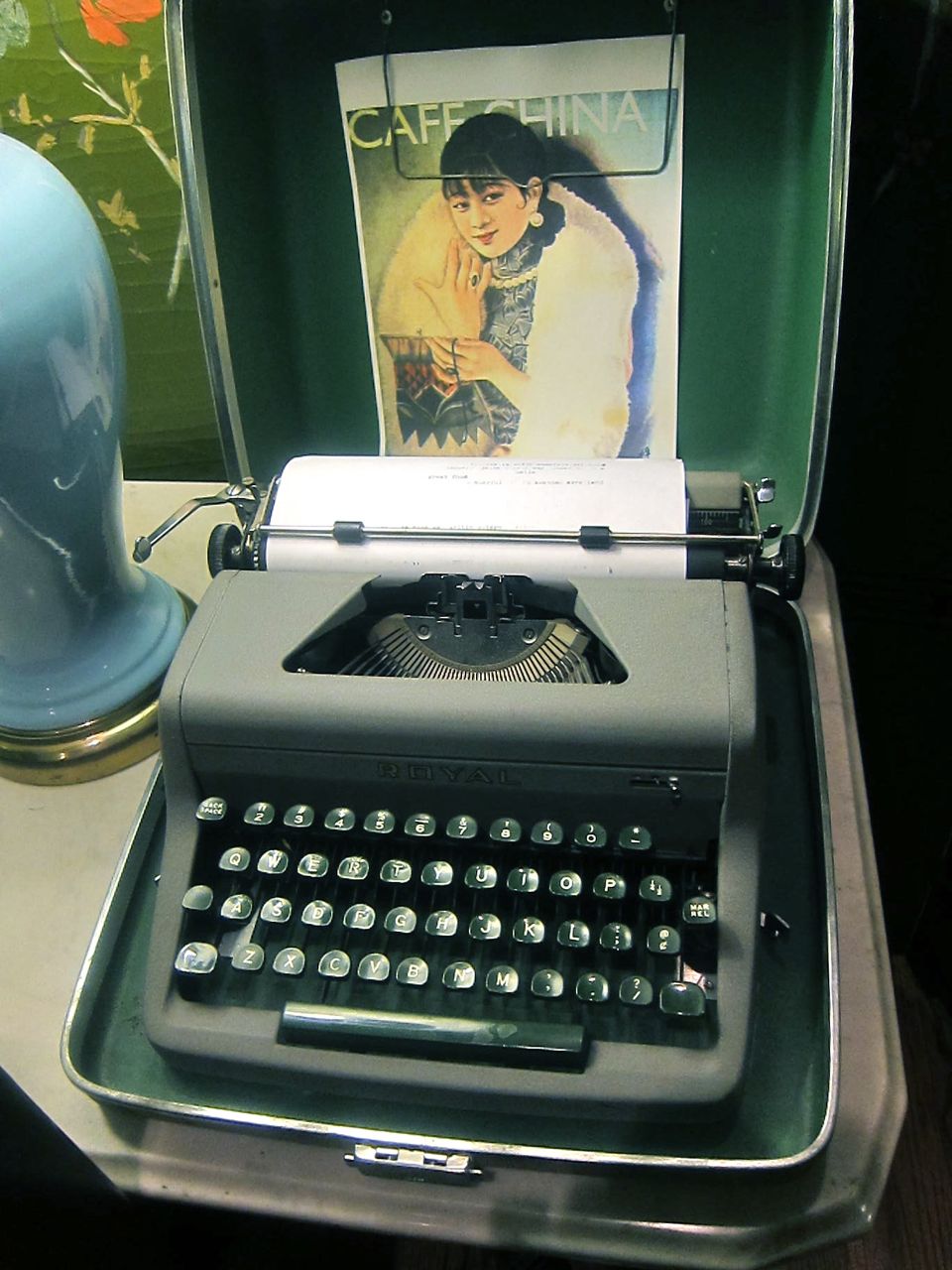
Shanghai memorabilia: vintage typewriters and cigarette posters. Photo: Gael Greene
We’re here because I couldn’t resist the seductive email that arrived from first time restaurateurs Yiming Wang and her husband Xian Zhang: “After years in the U.S. without finding a single respectable Chinese restaurant, we decided to open our own,” they wrote. It was a pitch of course, but unusual and provocative. “We aspire to change the perception of Chinese food as greasy fast food served dirty and cheap in a cheesy setting with bad service,” they went on. “We offer a Chinese-only menu using fresh ingredients….banishing MSG and General Tso’s chicken.” For inspiration I sent them a link to “A Scrutable Guide to New York’s Chinese Restaurants,” my 1979 guide to the golden era of Chinese restaurants in New York. I said I’d visit.

Young Asians seem to have discovered Café China before we did. Photo: Gael Greene
Now, a quick glance at the menu tells me this is Szechuan territory in a Shanghai dress. Our pepperheads are raring to go, but I worry that some in our sixsome can’t eat spicy anymore or never have. I comb the menu for respite, ordering scallion pancakes and pork pot stickers, along with five spice beef and ginger-flavored bitter melon evoking an “Eeeow, that’s hot.”
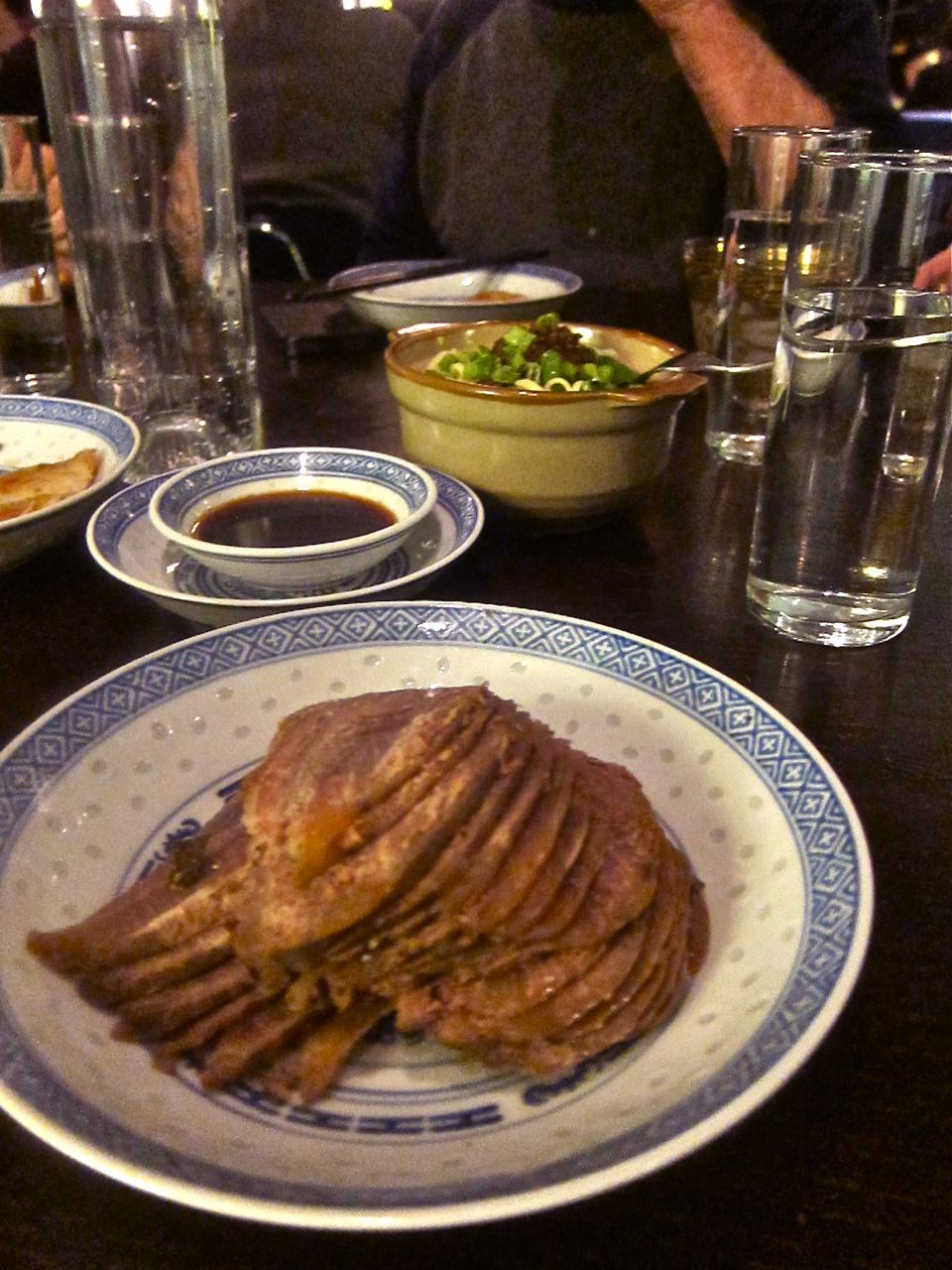
Thin slices of marinated beef to sprinkle with chili powder. Photo: Gael Greene
As the wary watch for heat rays, I take the leap with dan dan noodles – stirring in the minced pork and pickled mustard greens sitting on top, distributing the chili fire in what the menu calls “vinaigrette.” The cautious take one noodle just to see. But for me, sensing the new worldiness in this old pasta war horse, this is the new age of China. Not just the usual ear-popping radiator version but somehow more complex (and just $6).
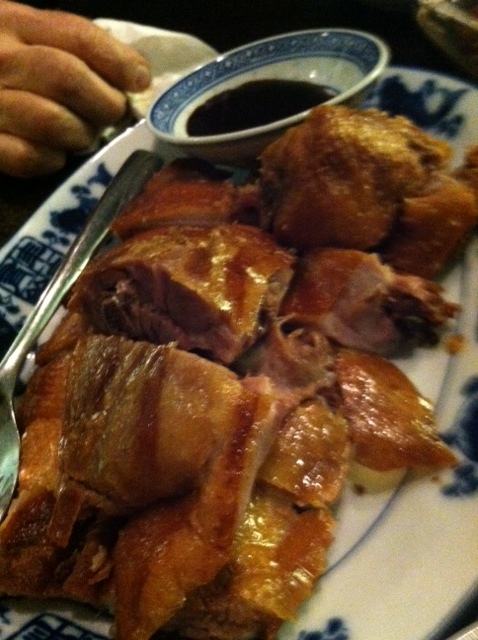
Tea-smoked duck is more moist than most I’ve tasted. Homemade hoisin.
Sweet potato pancakes are clearly safe for “white ghosts.” To me they don’t seem particularly Chinese – they’re soft, falling apart. “Something I eat at home,” proprietor Yiming Wang explains. “I love that the word for sweet potato in Chinese means 'soft heart.'” Now it proves a safe diversion for those who aren’t eating the thin sliced spicy beef because it looks like tongue. I drizzle some red chili powder on top of a slice and reject another slice only because I’m searching for the meatiest piece of Tea-Smoked Duck.
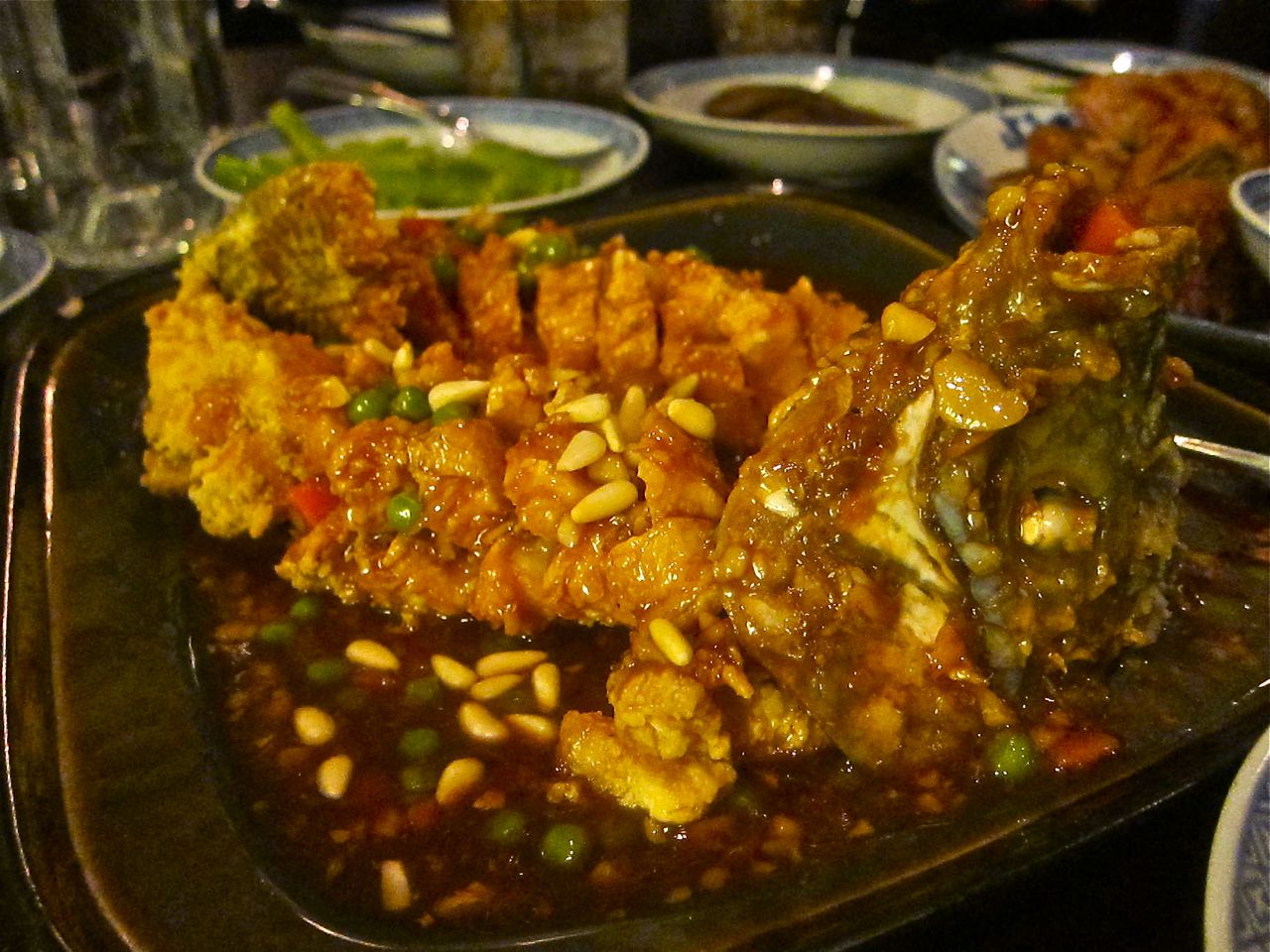
Supposedly live tilapia from Chinatown go into the savory Fish Blossom. Photo: Gael Greene
And the Fish Blossom has arrived, lightly floured, delicately cooked in a subtle sweet and sour sauce with bits of carrot, pea and pine nuts. It’s rich and so full of flavor I forget for the moment it’s the dreaded tilapia. (Yiming insists it’s bought live in Chinatown.)
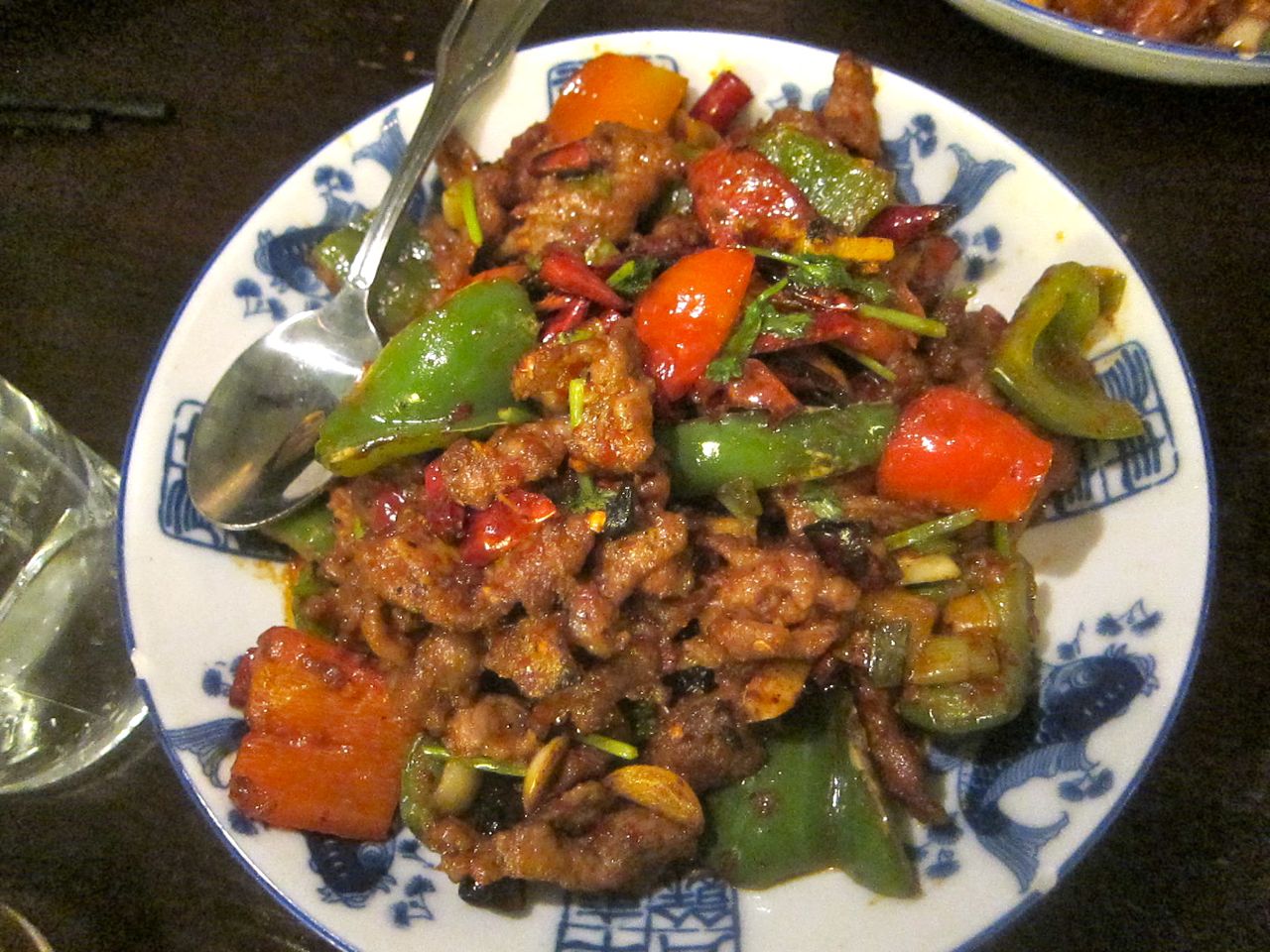
Chili heat and fermented bean curd give authentic savor to Black Lamb. Photo: Gael Greene
It took some time and stubbornness to persuade Chef Lu Ziqiang, an old Szechuan hand, to give up his MSG. “Some of the dishes will lose flavor. You’ll lose the customers,” he warned the couple, both of them escapees from Wall Street – he, Shanghai-born, an analyst of derivatives, she from Harbin, an analyst of equities. They were adamant about abandoning MSG.
Now, after stints at Morgan Stanley and CitiGroup, Xian Zhang, the handsome young man racing by us, busses dishes to the kitchen. Returning, I thank him for the Road Food Warrior’s sugarless lemonade. “We squeezed the lemons ourselves,” he says. Our visit comes on their 10th wedding anniversary, Wang tells me next day.
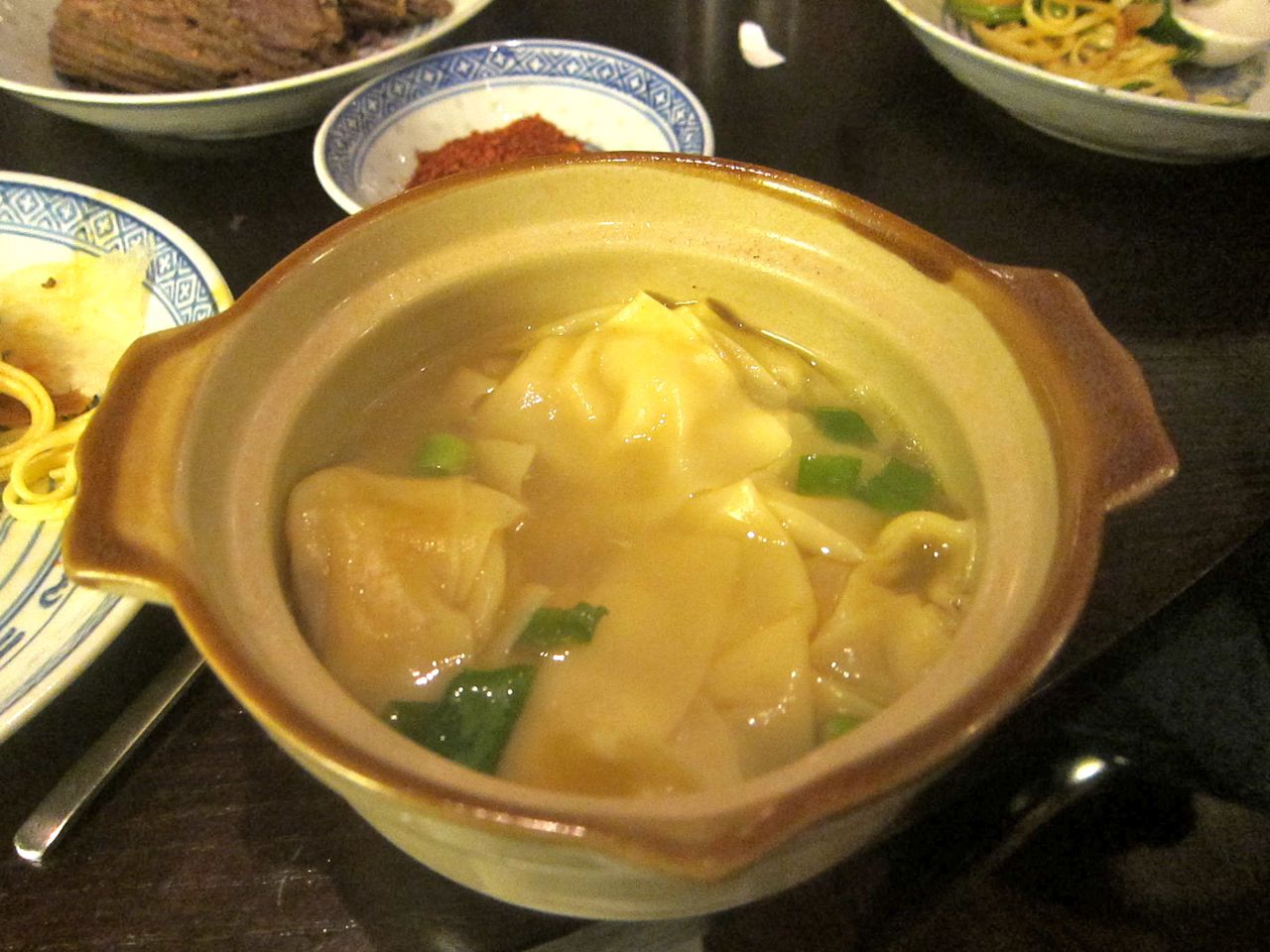
All our tasters are wowed by the bounteous wonton in pork-chicken broth. Photo: Gael Greene
And yes, perhaps the wonton soup in big covered bowls, so new it’s not on the menu, could use a tiny pinch of crushed Maldon salt shards. But it’s a wonder as is, eight silken wontons stuffed with minced pork in a delicious pork and chicken broth, another $6 deal. The chef uses pork “for the rich fullness of fat; chicken for the flavor,” he tells Wang, who tells me.
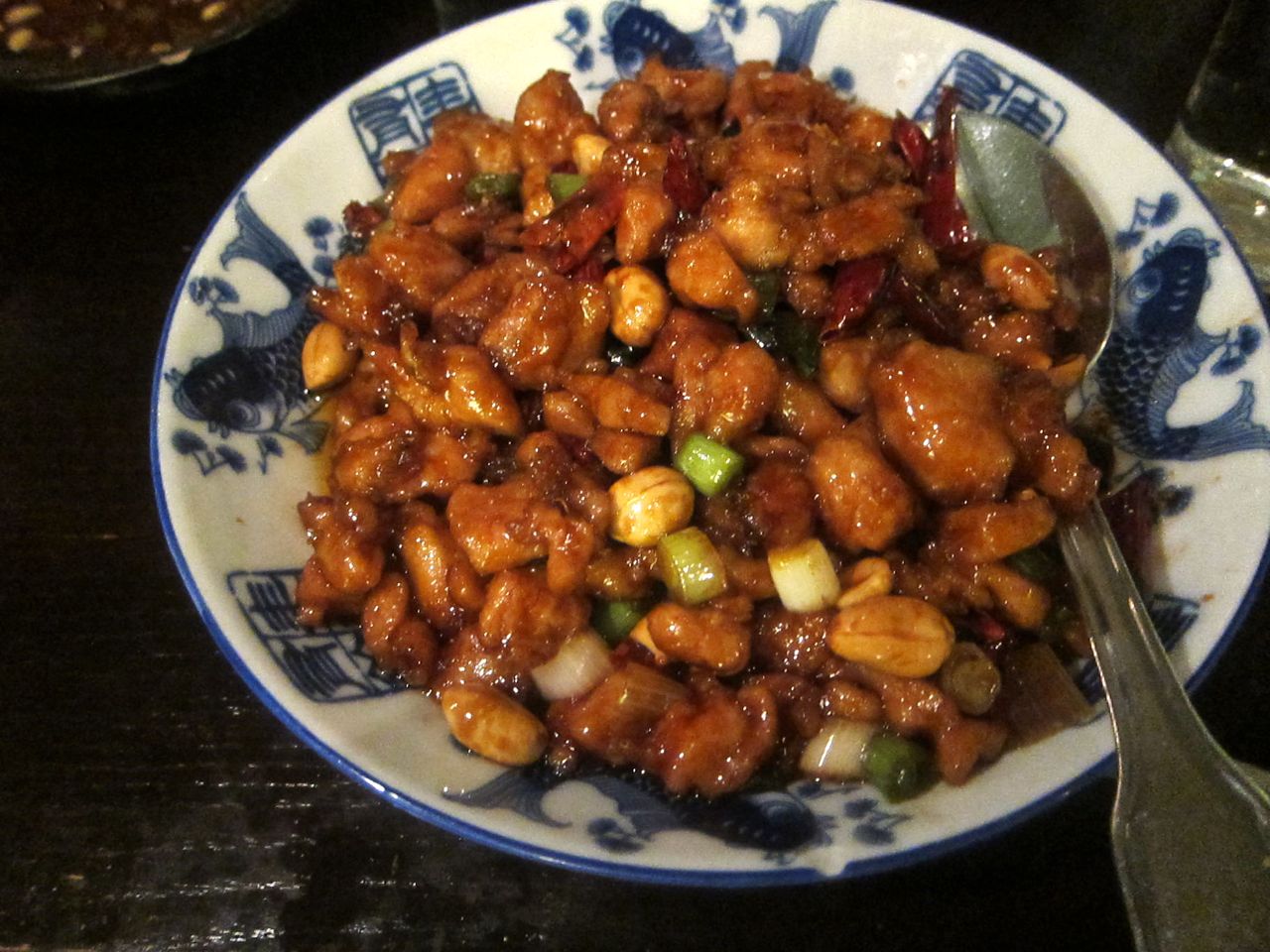
You can calibrate the heat of your kung pao chicken. Just ask. Photo: Gael Greene
The portions are all generous, entrees $11 to $28, but mostly less than $20, the powerful Kung Pao chicken pocked with fiery ma chilies, peppercorns and peanuts, is just $12, a superior fried rice with tea smoked duck, $14, as is mountain of tiny sweet and sour ribs. The hotter dishes are just right for me – I hate when all you can taste is chili fire. But be warned: some in our posse could not eat the spicier options. ("You can ask to have the spice level modified,” the house offers.) Since we’ve clearly over-ordered, everyone is pleased, most daring even the baby black lamb with bell peppers and fermented bean curd. It’s not black at all, but a dish from the mountains in West China where the lambs are black.

Just noodles, just $8, but so much intriguing flavor. Photo: Gael Greene
When most everyone else has judiciously set down their chopsticks, bone, not splintery pullaparts, I have to have one more mouthful of sautéed shredded potato, long pasta-like tendrils pocked with scattered whole chilies. It’s not often you find potatoes on a Chinese menu. I recall first discovering them at a vegetarian meal in a Buddhist temple on a sacred mountain in Szechuan.
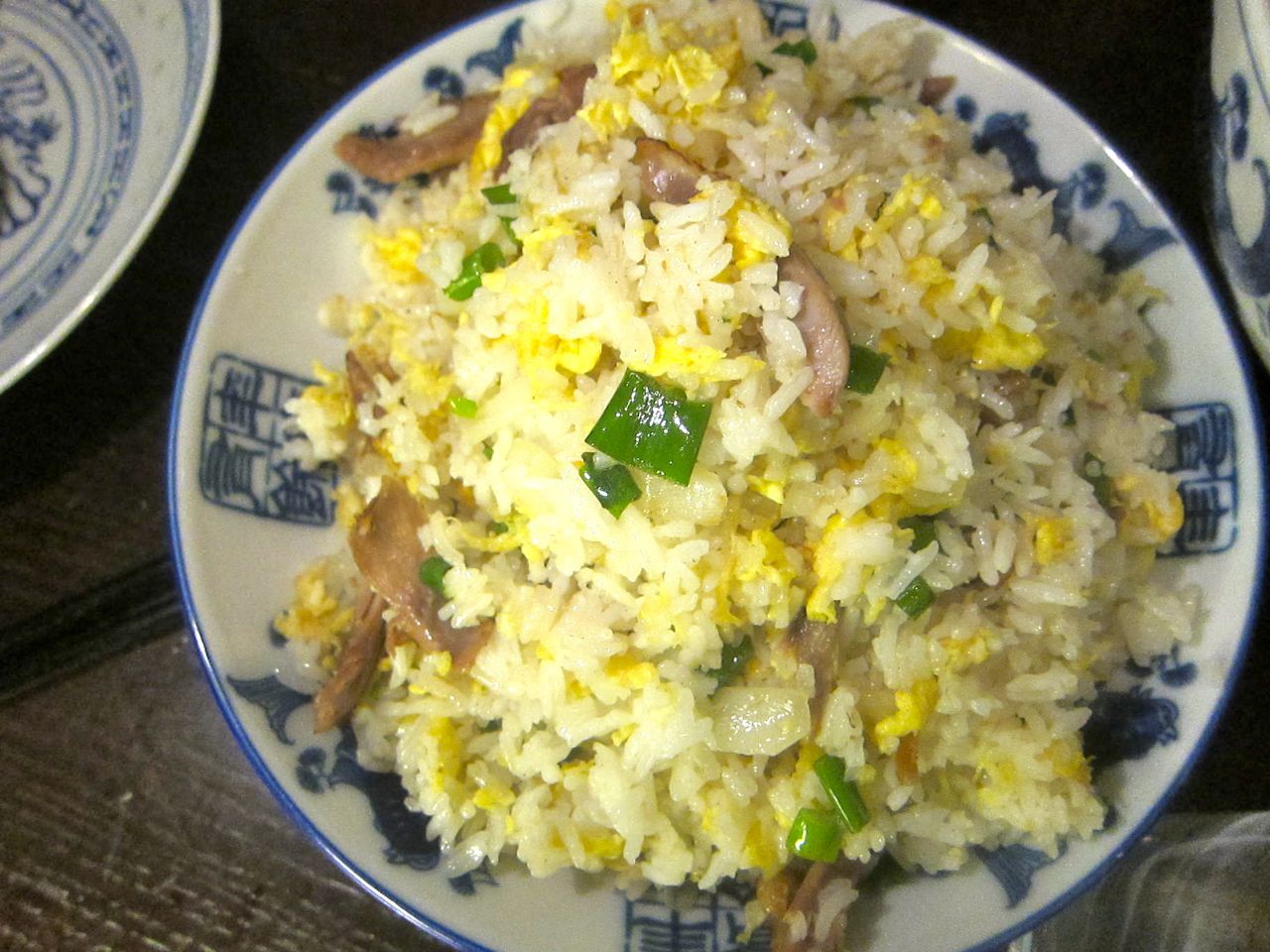
There’s elegance in fried rice with scattered shreds of smoked tea duck. Photo: Gael Greene
And I can’t leave without more of the noodles that taste almost buttery -- zha jiang mian, $8, it says on our bill -- a last minute choice from the lunch menu. It’s a huge bowl with bits of minced pork and cucumber in soy bean paste. Yiming is pleased.
“That’s my dish,” she tells me next day on the phone. “I made it several times. The sauce was too bland. I decided miso might help. I did a lot of research on the various kinds of miso. In China now people have access to imported foods and so it isn’t unusual. Did you taste our shredded pork sandwiches?” she asks. “Oh no. Well, then you have to come back.” It’s a sure bet I will.
13 East 37th Street between Fifth and Madison Avenues. 212 213 2810. 11:30 am to 10:30 pm.7 days.